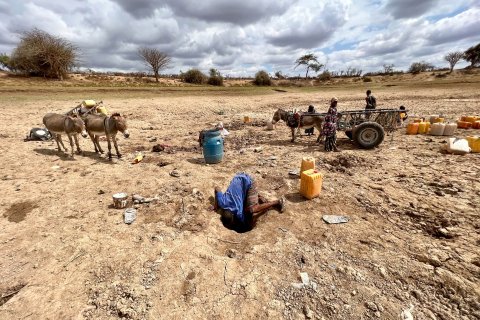"Angola's debt remains sustainable, but government debt to GDP ratio has increased substantially, and the high risks have risen further," according to a detailed analysis that the IMF wrote. This review was written after a second review of the Extended Financing Program, worth 3.7 billion dollars in progress.
"The debt-to-GDP ratio for the end of 2019 is expected to reach 111 percent, mainly reflecting the rapid depreciation of the currency this quarter," the paper warns, "as global oil prices are likely to remain low, debt burden indicators will remain high".
Debt "remains highly vulnerable to macroeconomic and fiscal shocks, with the main risks to debt sustainability coming from faster than expected exchange rate depreciation, further declines in oil prices or production, a possible deterioration in access financial markets, and the materialization of various risks, including government-guaranteed debt".
In December review of the program, which results from meetings between the IMF and national authorities in Luanda in November, the IMF states that "there are multiple ongoing efforts to address the risks of debt sustainability."
The Fund's base scenario points to a debt decline to 70 percent of GDP by 2025, five percentage points above the medium-term target, and is supported by large oil revenues - two thirds of total revenues - "which helps limiting debt dynamics to currency fluctuations. "
In addition, they add, this forecast of a reduction in the government debt ratio is supported "by continued fiscal effort and higher economic growth, supported by structural reforms and a more competitive exchange rate".
At the same time, the IMF argues, "the temporarily high debt ratio increases vulnerabilities to oil price fluctuations, requiring close monitoring and immediate remedial action for adverse shocks to materialize."







